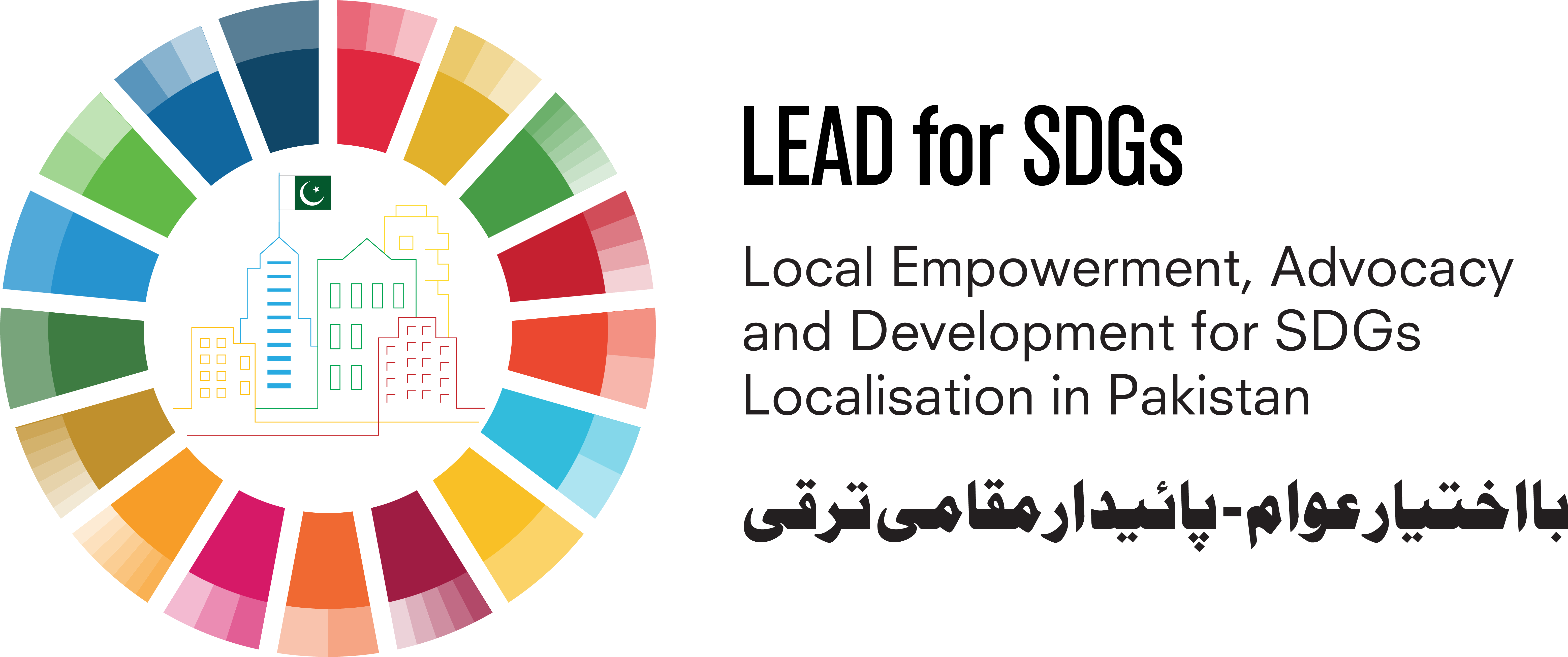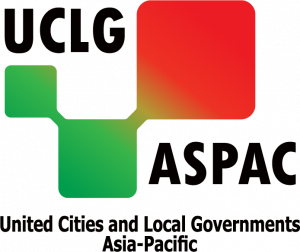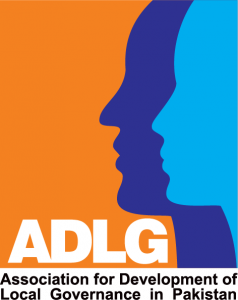| Targets | Description | Indicator |
 | By 2030, achieve universal and equitable access to safe and affordable drinking water for all. | 6.1.1 Proportion of population using safely managed drinking water services |
 | By 2030, achieve access to adequate and equitable sanitation and hygiene for all and end open defecation, paying special attention to the needs of women and girls and those in vulnerable situations. | 6.2.1 Proportion of population using (a) safely managed sanitation services and (b) a hand-washing facility with soap and water |
 | By 2030, improve water quality by reducing pollution, eliminating dumping and minimizing release of hazardous chemicals and materials, halving the proportion of untreated wastewater and substantially increasing recycling and safe reuse globally. | 6.3.1 Proportion of wastewater safely treated |
| | | 6.3.2 Proportion of bodies of water with good ambient water quality |
 | By 2030, substantially increase water-use efficiency across all sectors and ensure sustainable withdrawals and supply of freshwater to address water scarcity and substantially reduce the number of people suffering from water scarcity | 6.4.1 Change in water-use efficiency over time |
| | | 6.4.2 Level of water stress: freshwater withdrawal as a proportion of available freshwater resources |
 | By 2030, implement integrated water resources management at all levels, including through transboundary cooperation as appropriate. | 6.5.1 Degree of integrated water resources management |
| | | 6.5.2 Proportion of transboundary basin area with an operational arrangement for water cooperation |
 | By 2020, protect and restore water-related ecosystems, including mountains, forests, wetlands, rivers, aquifers and lakes. | 6.6.1 Change in the extent of water-related ecosystems over time |
 | By 2030, expand international cooperation and capacity-building support to developing countries in water- and sanitation-related activities and programmes, including water harvesting, desalination, water efficiency, wastewater treatment, recycling and reuse technologies. | 6.a.1 Amount of water- and sanitation-related official development assistance that is part of a government-coordinated spending plan |
 | Support and strengthen the participation of local communities in improving water and sanitation management. | 6.b.1 Proportion of local administrative units with established and operational policies and procedures for participation of local communities in water and sanitation management |












